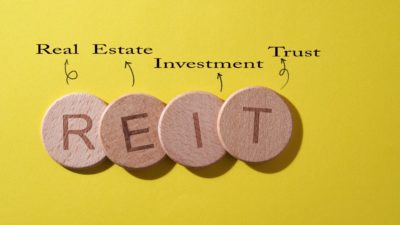Of course, every investor is subject to their own unique needs and circumstances, including their degree of risk tolerance and return objectives, but for most Canadian retirees, two factors sit at the top of the list of their respective investment priorities:
- Current income
- Capital preservation
Fixed-income investments in the debt of publicly traded companies, sovereign governments of developed countries, and even mortgage debt have traditionally been some of the more popular avenues that investors have pursued to achieve these aims.
However, interest rates have sat — and, for the most part, continue to sit — at historically low levels, making the prospects of delivering meaningful income streams for bondholders a daunting challenge for financial advisors and representatives, to say the least.
Another option out there is for savers to throw their cash down as a down payment on an attractive rental property.
In this case, the saver essentially will become a net borrower after taking out a mortgage to help pay for the purchase price of the property.
However, if a purchase is properly researched and financed, the rental income that could potentially be generated by a reliable, trustworthy (and creditworthy) tenant can, in some individual’s cases, be enough to more than offset the cost of carrying the mortgage and associated property taxes, all the while providing the homeowner with a positive, and desirable, exposure to the threat of inflation.
Yet the risks and commitments involved with a secondary property ownership, in addition to maintaining and renting to tenants, can be numerous and complex even at the best of times.
In that respect, an investment in a professional real estate management company like Brookfield Property Partners (TSX:BPY.UN)(NASDAQ:BPY) looks like it makes a whole lot of sense for retirees and would-be income investors.
BPY shares currently pay a 6.90% annual dividend yield, well above the TSX Index average of 3.12%, coming off the back of 4.7% and 6.8% hikes to its payout in 2019 and 2018, making this a solid blue-chip dividend play for income-oriented dividend investors.
And then there is Brookfield Renewable Partners (TSX:BEP.UN)(NYSE:BEP) currently yielding a 5.02% annual dividend following a 5.1% hike earlier this year and another 4.8% hike in 2018.
Controlled by the same parent company as Brookfield Property Partners, BEP is instead focused on the investment in renewable energy power sources, including hydroelectric (which generates the bulk of its current revenues), solar, wind, and energy storage.
Management is fixated on its internal target of delivering 12-15% annual returns to its shareholders, underpinned by a disciplined approach to unlocking value, operational expertise, and a prudent capital-allocation program.
Delivering those types of returns consistently will no doubt be tall ask by anyone’s standards, particularly in light of the fact that BEP’s stock is already up an incredible 63% so far this year.
Yet if last week’s worldwide climate protests were any sign of a changing public debate towards the issue of global warming and fossil fuels, the next century could be transformative as far as our planet’s energy markets are concerned.
In the meantime, BEP remains arguably one of the pre-eminent plays within the renewable energy space today.








